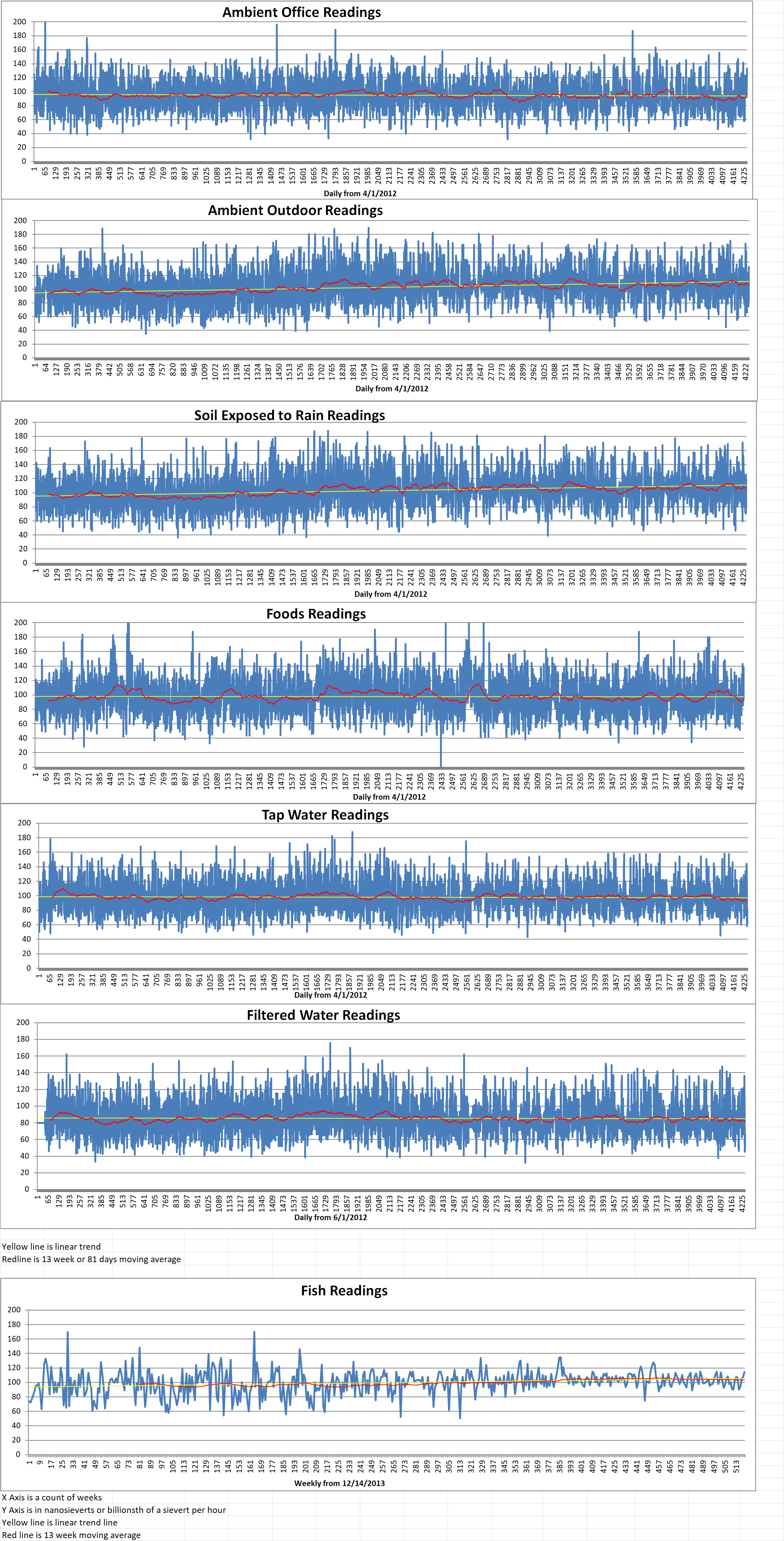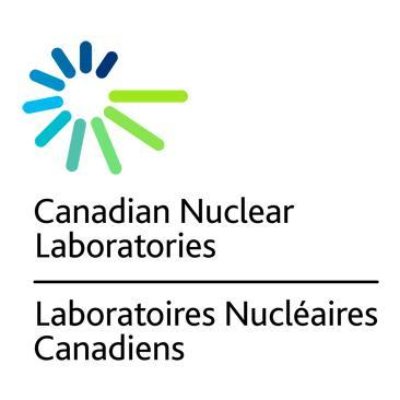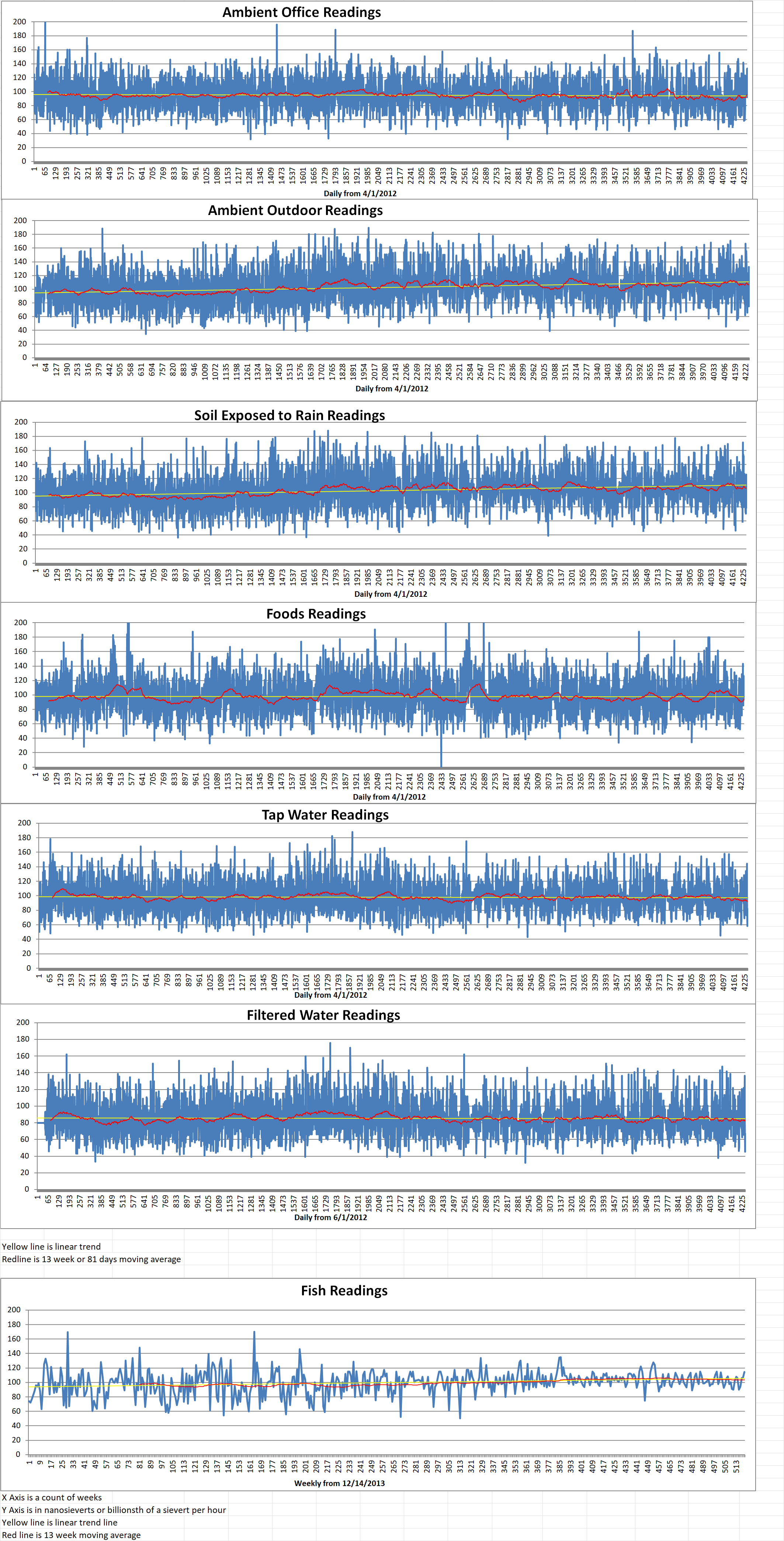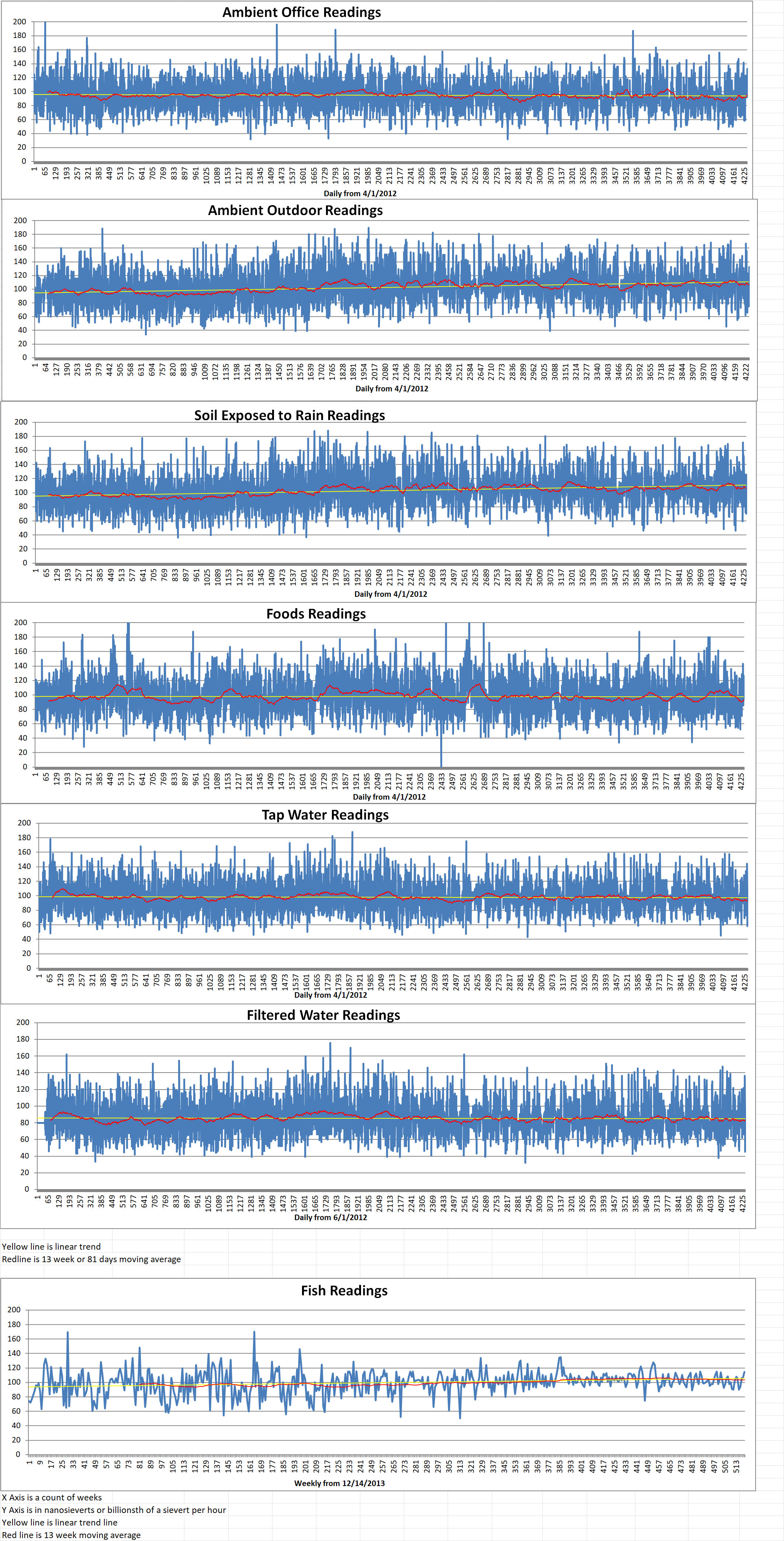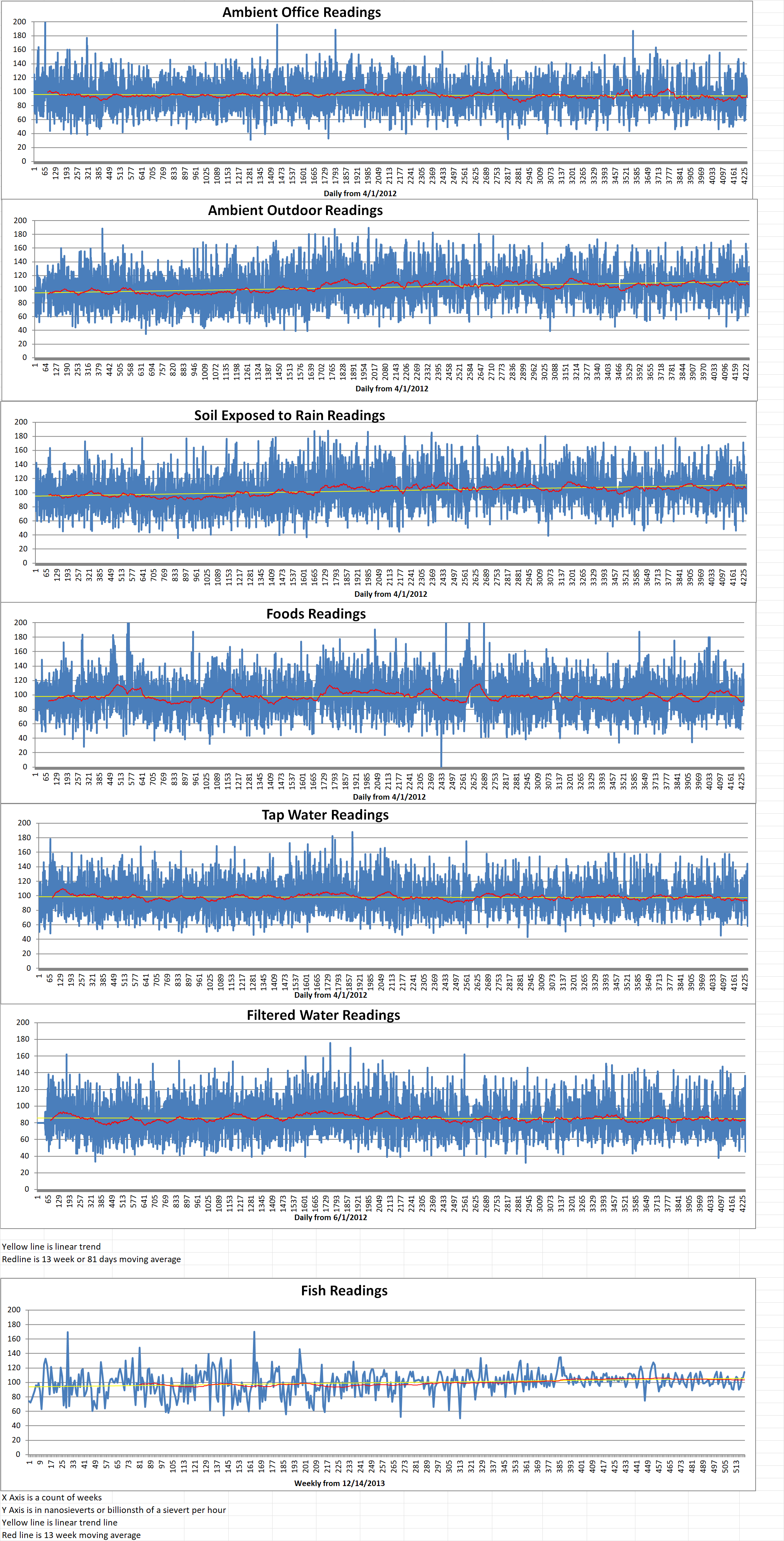Energoatom and Hyundai E&C have just signed a memorandum of cooperation (MoC). The MoC signed by the Ukranian and South Korean companies covers collaboration on the design, construction and commissioning of new nuclear units in Ukraine.
The MoC was signed by Energoatom’s Petro Kotin and Korean Hyundai Engineering and Construction Executive Vice President and Operations Director Choi Young in the presence of Ukraine’s Energy Minister Herman Halushchenko and South Korea’s Ambassador to Ukraine Kim Hyun-Tae.
Halushchenko said the MoC was important in terms of the plans for new Westinghouse AP1000 units at the Khmelnitsky nuclear power plant. He continued, “It is important that, together with the Korean side, we sign this memorandum during the war and, without waiting for its end, move forward. I am confident that together we will build an energy industry in Ukraine that will meet the best global standards.”
Hyun-Tae said the MoC would “contribute to the development of Ukrainian-Korean cooperation in the nuclear industry, in particular, the exchange of experience in the field of nuclear technologies”.
Kotin said, “South Korea has developed nuclear energy and expertise in the nuclear industry. Energoatom and Ukraine as a whole are interested in the development of our cooperation with the Hyundai company, which is one of the world leaders in this market.”
The MoC expands on a letter of intent that was signed by the two companies in November 2023. In May 2022 Westinghouse and Hyundai E&C signed a strategic cooperation agreement to jointly participate in global AP1000 plant opportunities. Last month a ceremony was held to mark the start of the project to construct what will become unit 5 at Khmelnitsky NPP.
Ukraine has fifteen nuclear units which could generate about half of its electricity. These units including the six at the Zaporizhzhia nuclear power plant which has been under Russian military control since early March 2022. Ukraine’s plan to expand nuclear power include proposals for nine new AP1000 reactors across the country.
Khmelnitsky’s first reactor was connected to the grid in 1987. However, work on three other reactors was halted in 1990, at a time when unit 3 was seventy five percent complete. Work on the second reactor was restarted and it was eventually connected to the grid in 2004. A project to complete units 3 and 4 is currently under way. Last month, the Ukrainian Cabinet brought forward a draft law on their construction/completion. Halushchenko said earlier this year that unit 3 could be put into operation in as little as two and a half years.
Two of the new AP1000s are due to become the fifth and six units at Khmelnitsky. This will bring the plant’s total capacity beyond that of the six-unit Zaporizhzhia plant which has been under Russian military control since early March 2022. During their talks, Energoatom and Hyundai E&C considered all these projects. They also discussed agreements with Holtec International on the construction of factories for the production of equipment for small modular reactors (SMR) and containers for used nuclear fuel.


